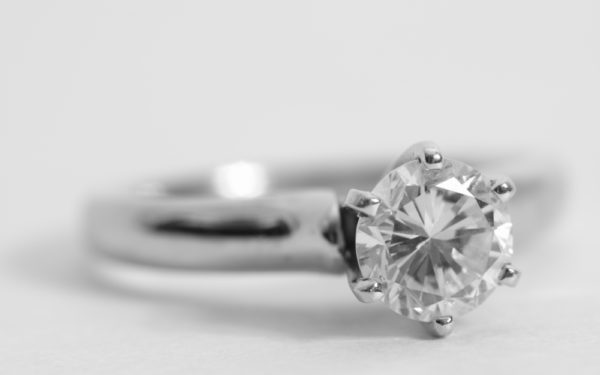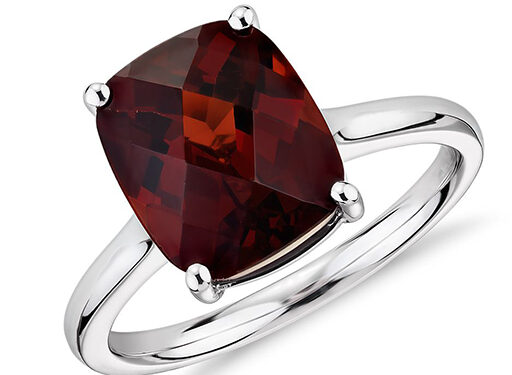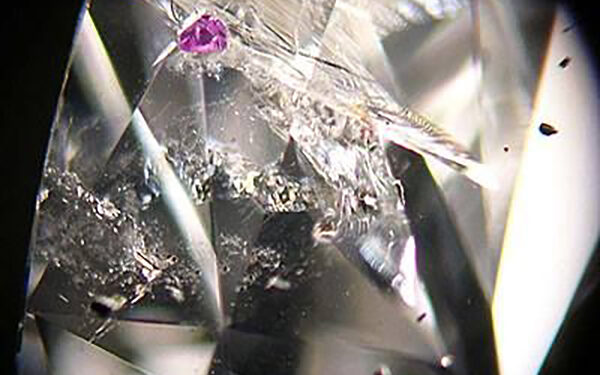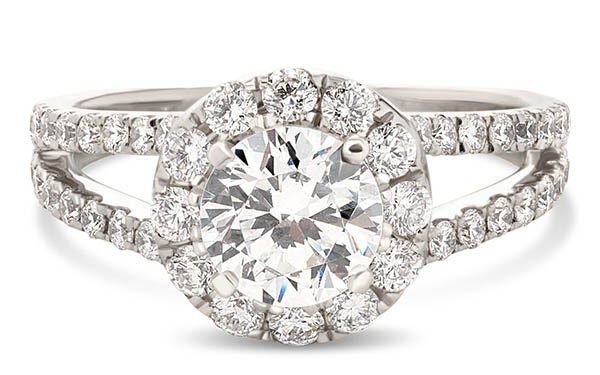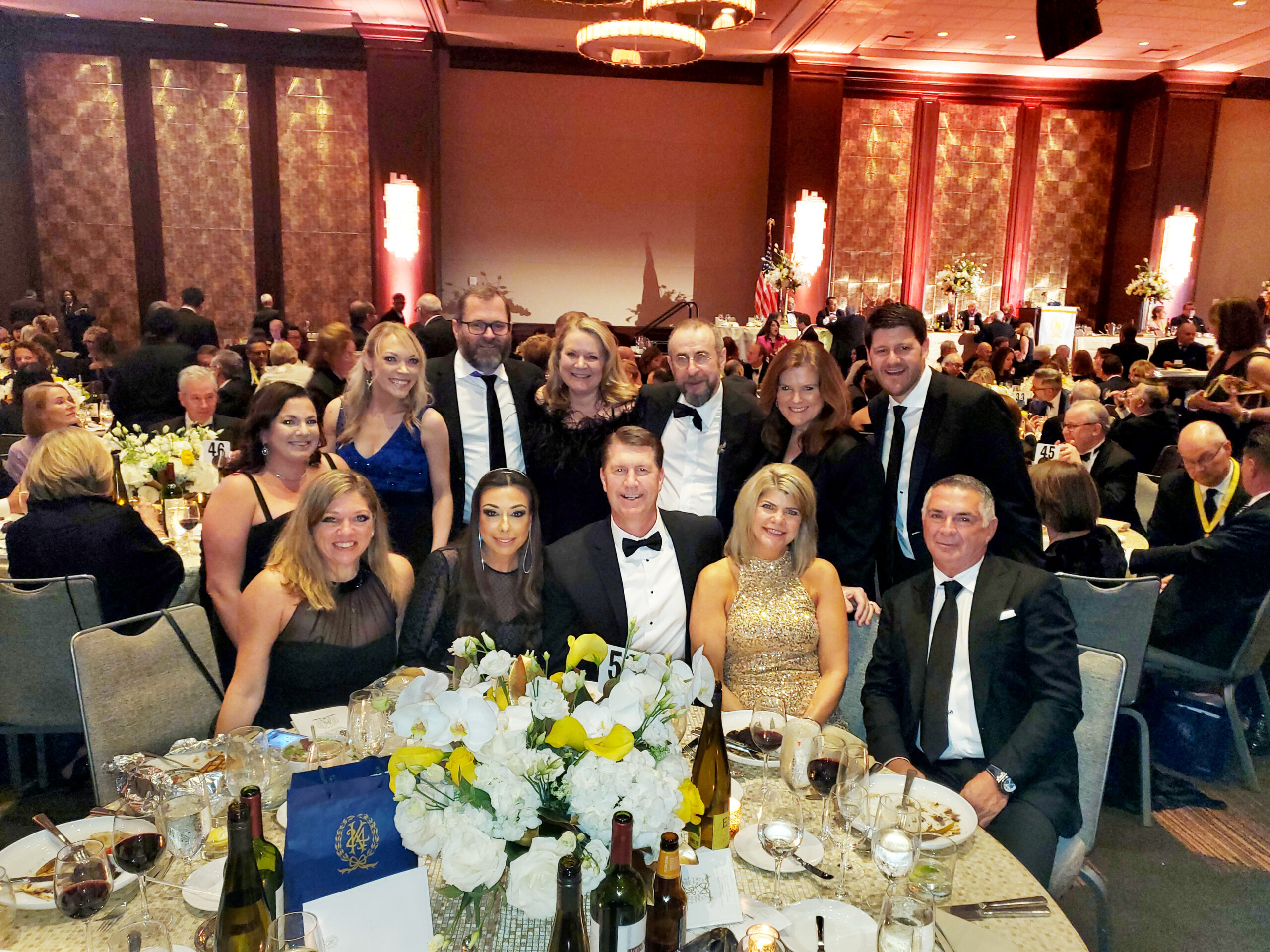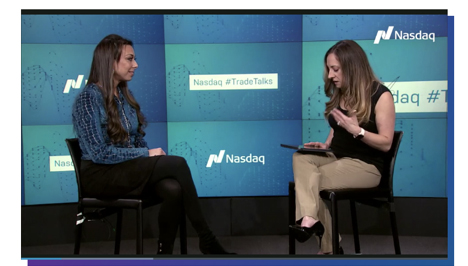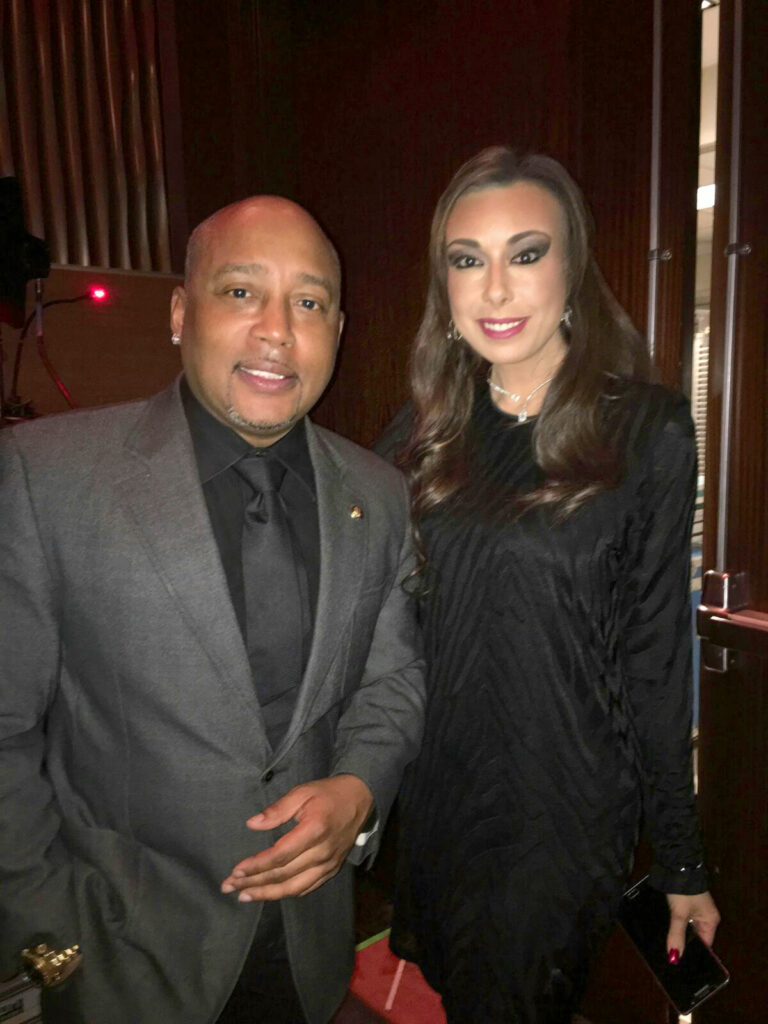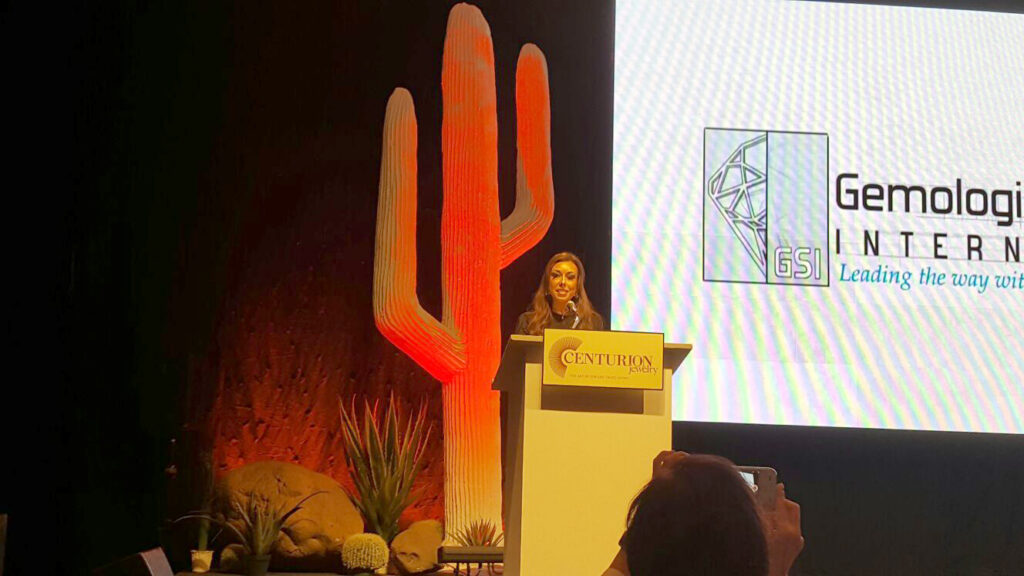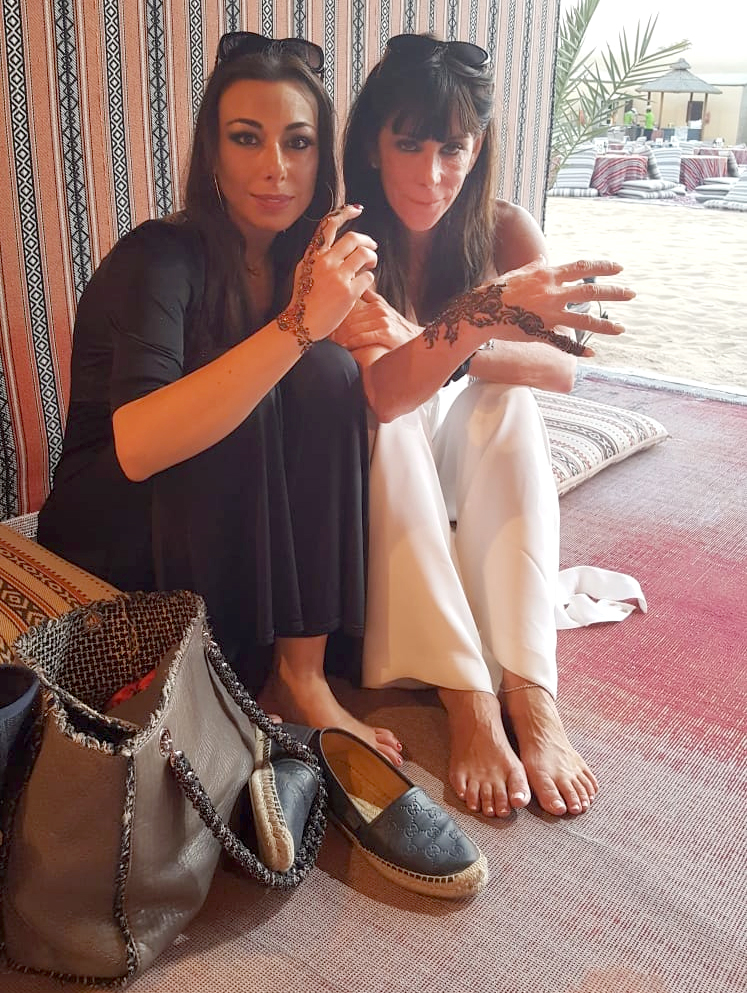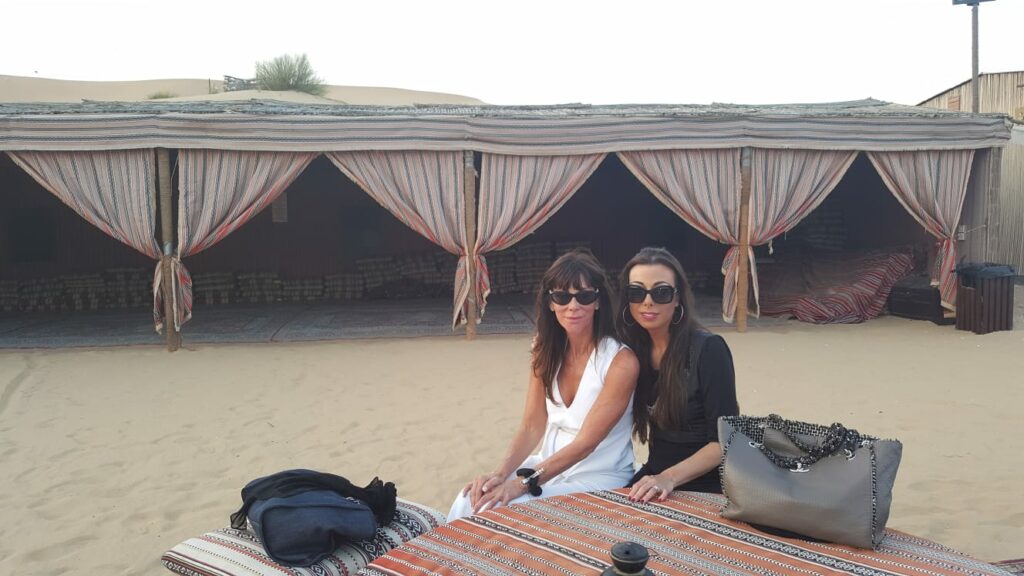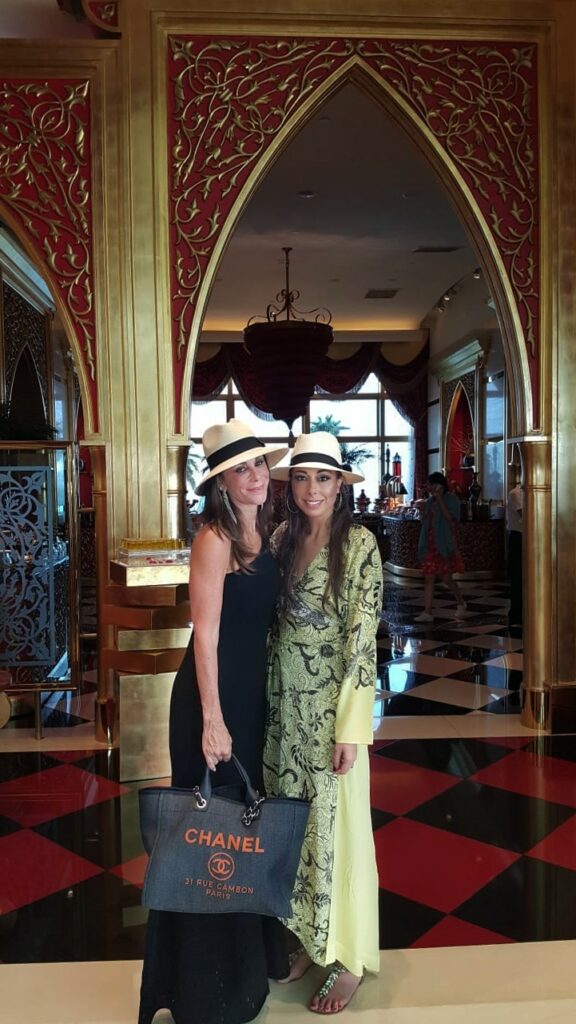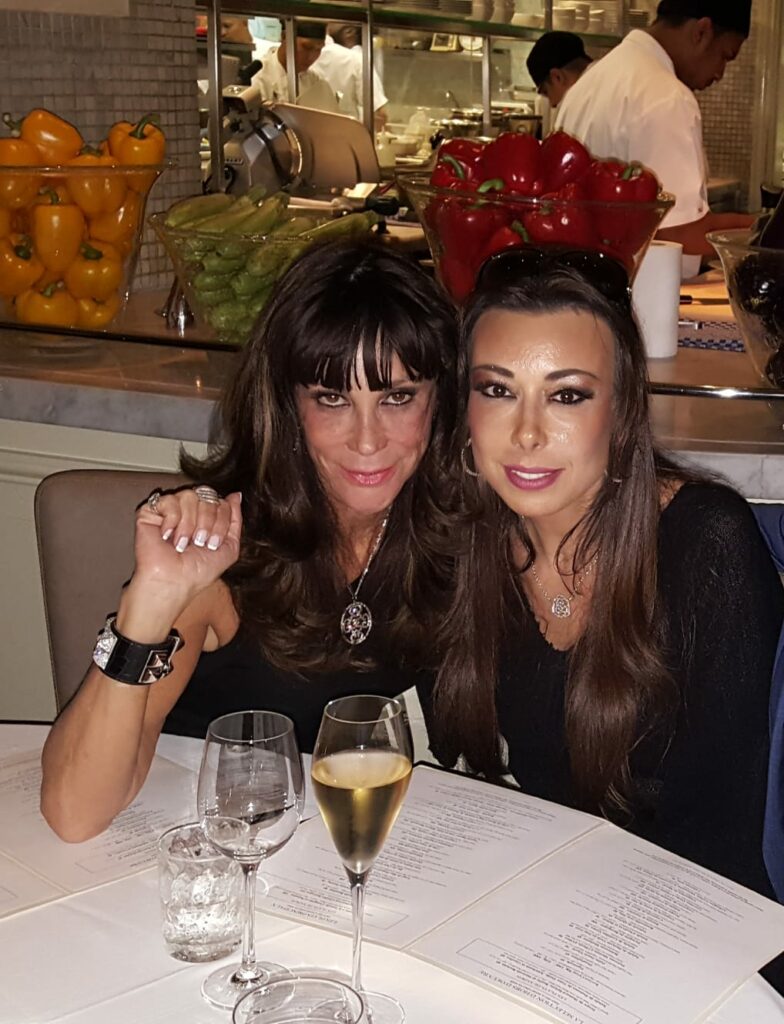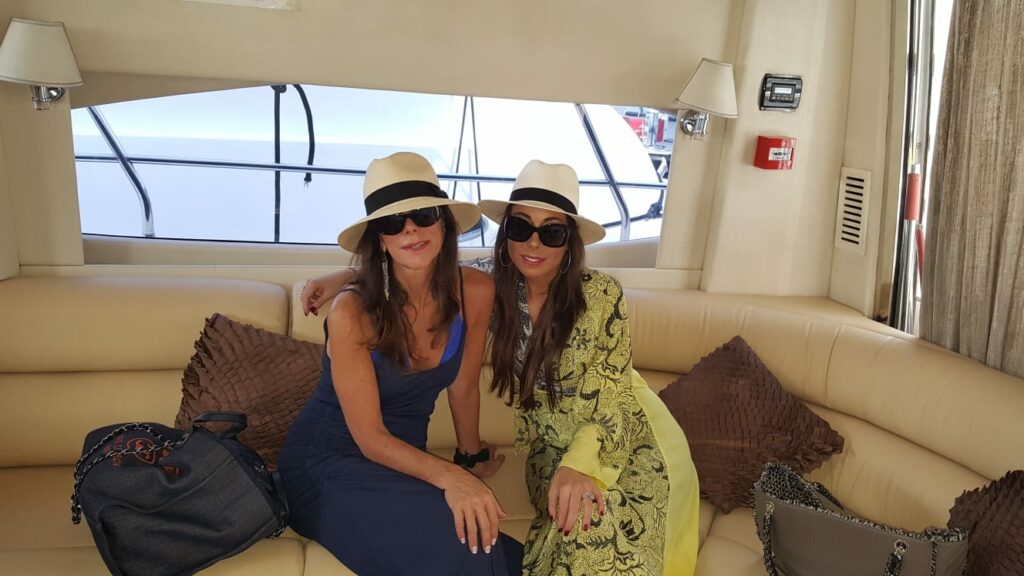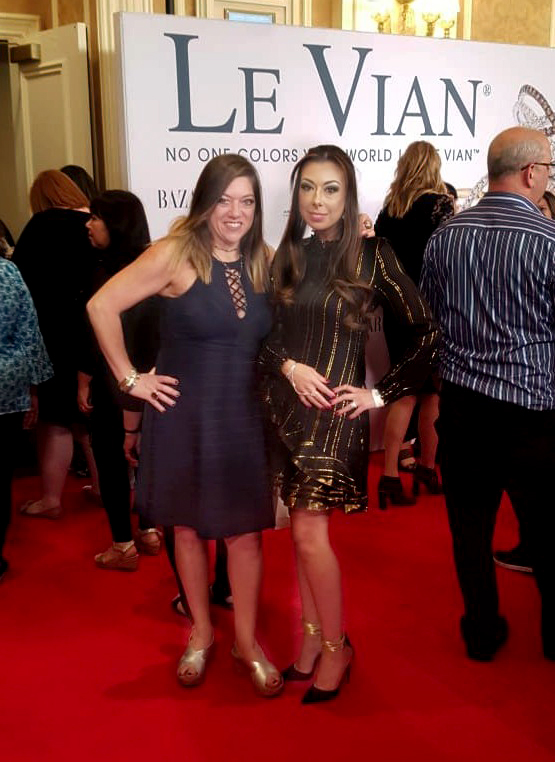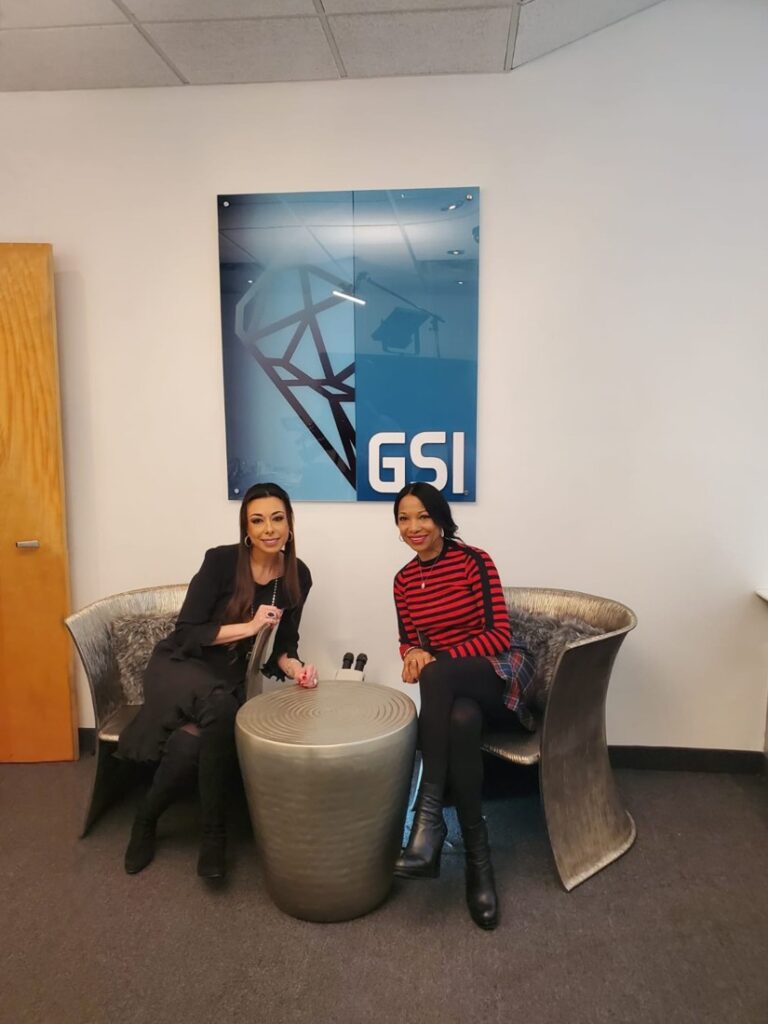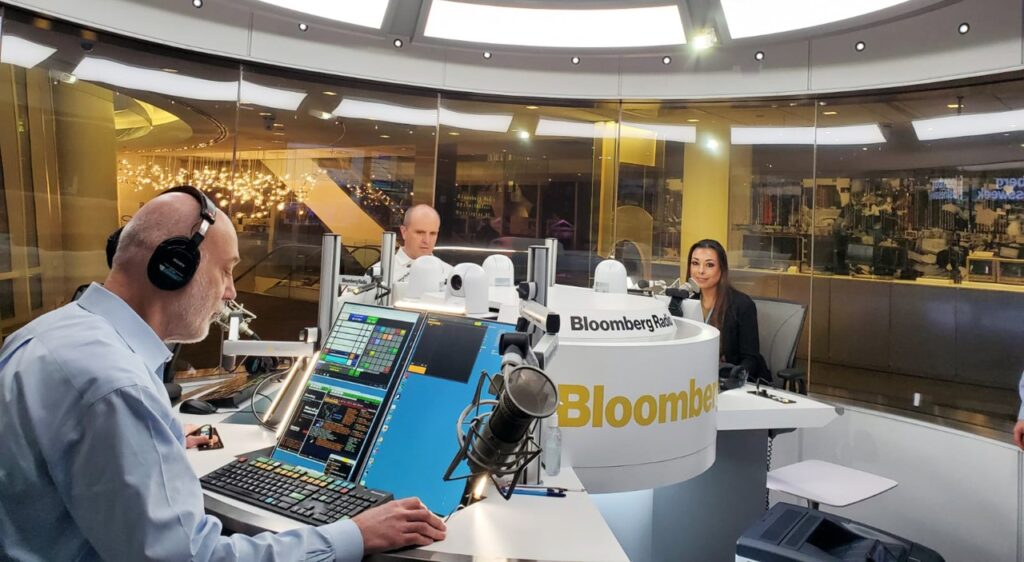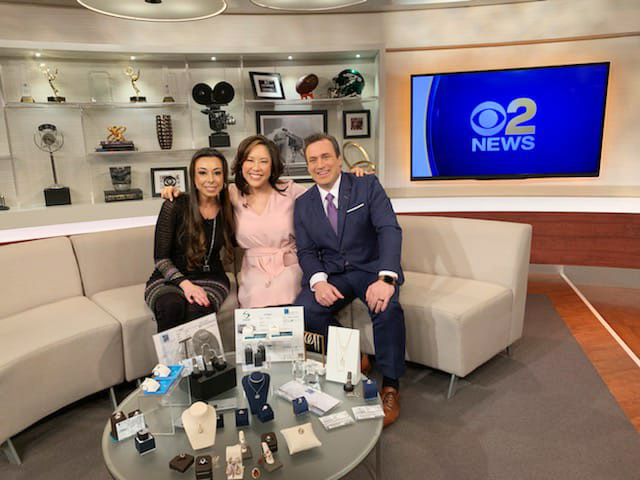Holiday Jewelry Shopping Scams
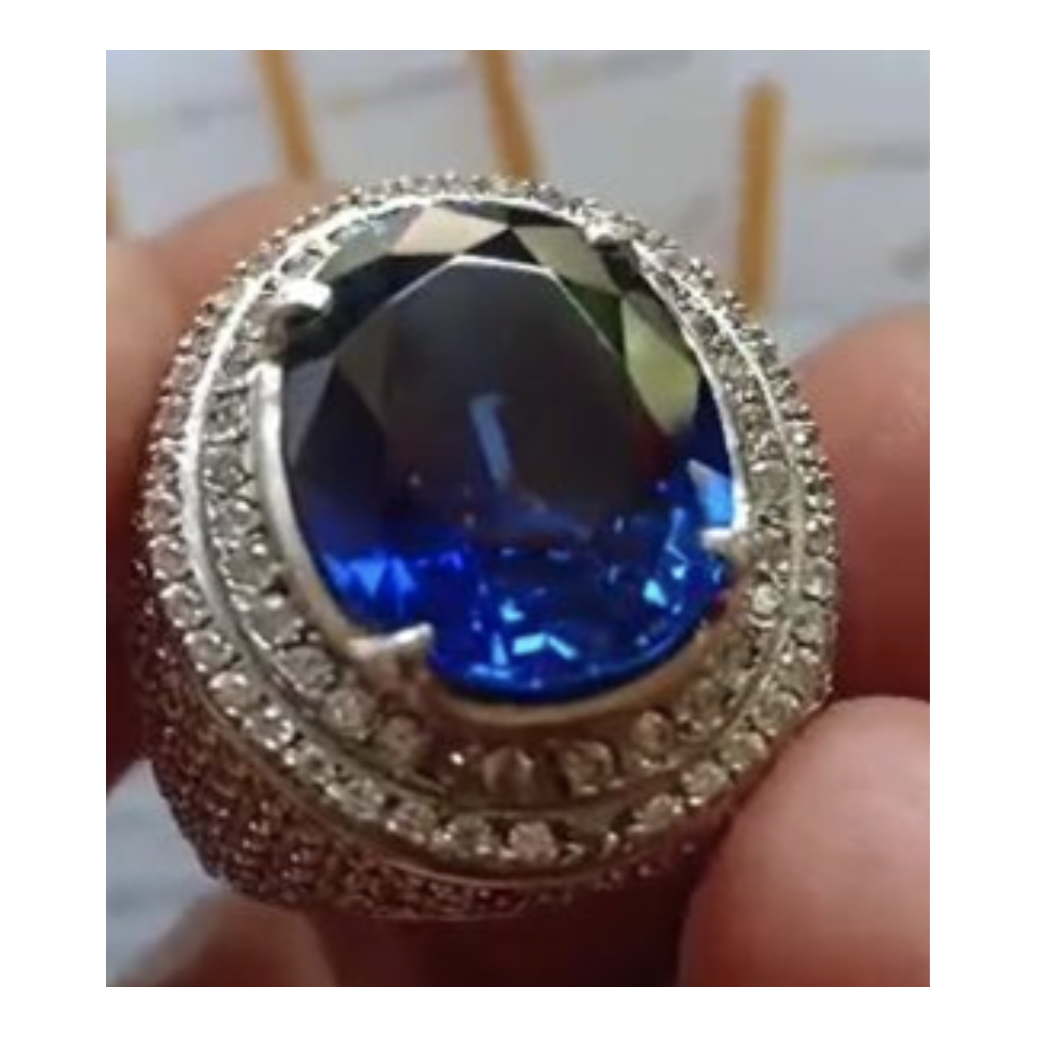
It is important to be vigilant and informed when buying jewelry on vacation. Scams in tourist destinations are common because purchasers are not local and there is often little recourse if they buy a piece that is not as advertised. Local vendors’ persuasive language and attractive offers can potentially lure an unsuspecting tourist into buying products that are not always authentic.
One such incident we came across was at the Gemological Science International (GSI) laboratory in Mumbai. A client walked in with a beautiful deep blue color stone weighing about 12 carats.
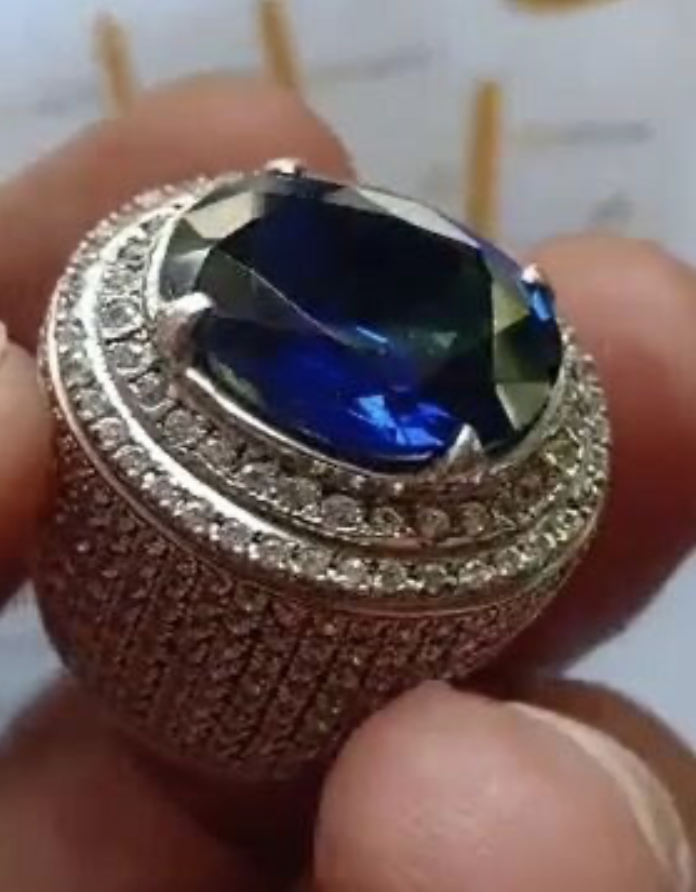
The client shared that while traveling to Indonesia they were sold what was represented as a blue Kashmir sapphire with a GIA report # 2181274085, weighing 12.15 cts. The stone is an oval modified step cut. The client indicated the price offered was much lower than the actual value of the stone. Fig 2
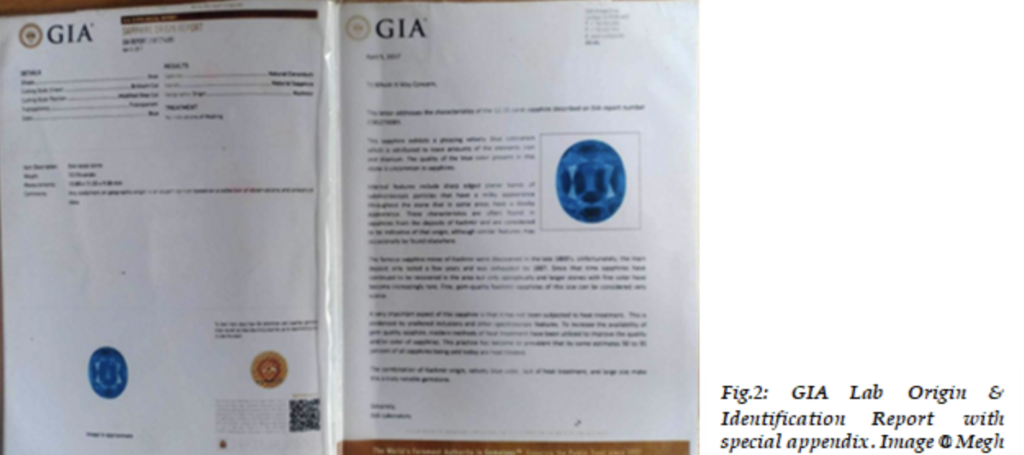
This “Kashmir sapphire” was set in a white metal ring surrounded by near-colorless stones (identity not known). Fig 1. The client wanted to change the design of the ring, so they went to their local jewelry store in Mumbai. The store owner got suspicious and informed them that the stone was unlikely to be sapphire, and it could be either iolite or tanzanite. They had the center stone unmounted but did not get another ring made.
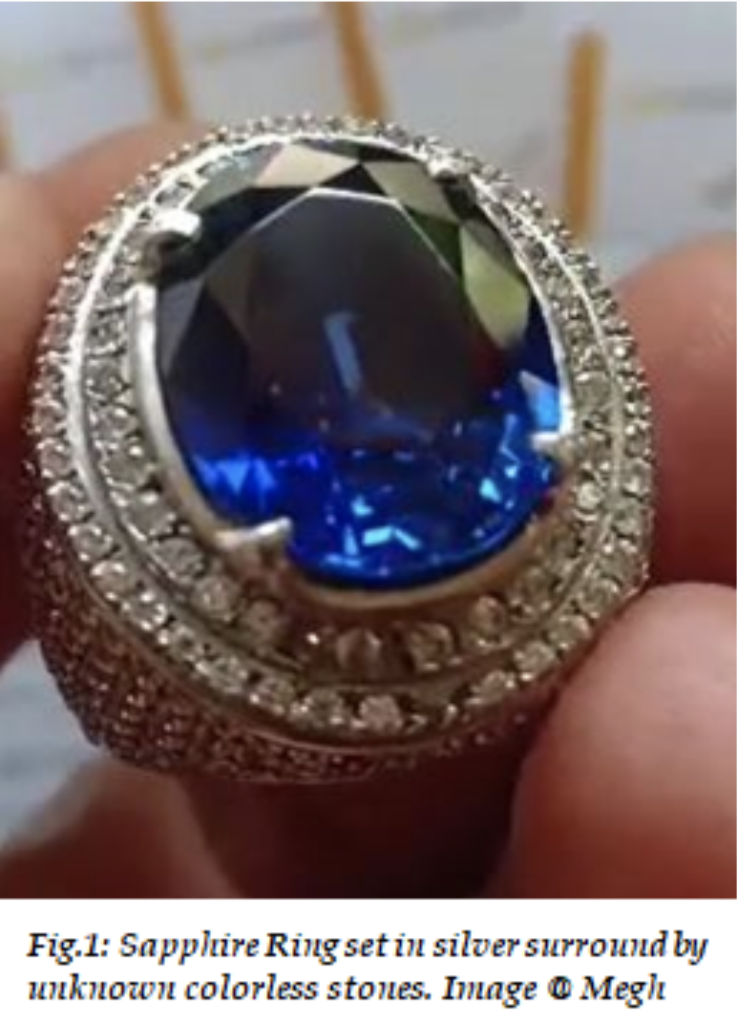
The client showed the same stone to other local jewelry stores that could give them a confirmation of the true identity, and decided to submit the stone to GSI, a reputable gemological laboratory that tests colored stones and determines country of origin.
Basic gemological tests gave us an RI of 1.76-1.77 with a S.G of 4.00. The measurements and weight were nearly similar to the one mentioned in GIA’s report including the shape, cut and color.
Magnification
Under magnification, numerous tiny gas bubbles and curved striae could be seen clearly, typical of the flame fusion laboratory growth process. Fig. 3
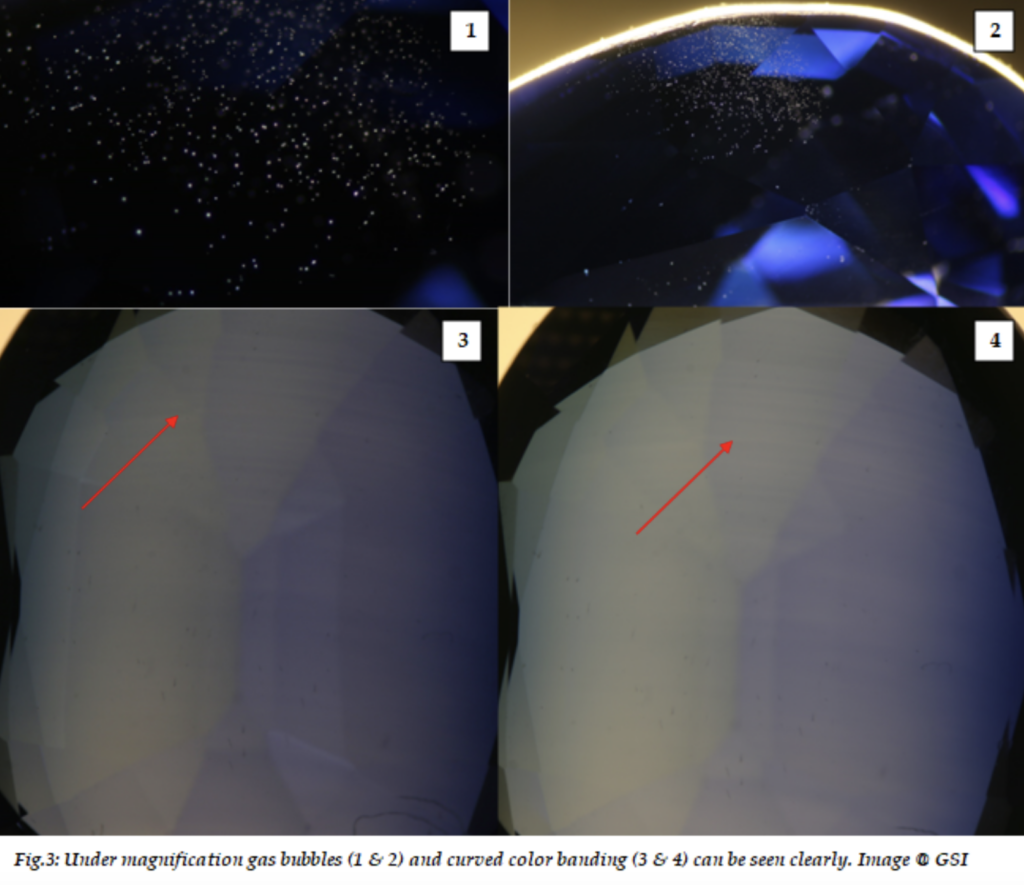
Result & Conclusion
The deep blue color stone submitted was identified as synthetic sapphire. Sellers may claim gemstones sold to be natural, may also offer laboratory reports to claim the authenticity of the gemstone at a discounted price. In this case, the fraudulent seller created a synthetic sapphire to match the specs on the GIA report which led the client to trust the purchase. It is important for tourists to be vigilant and to buy only from reputed stores or brands that sell gemstones with legitimate laboratory reports. Many credit cards like Visa or Mastercard offer fraud protection in cases like this, and it is important to know what recourse you have if making a significant purchase. Most importantly, if the price seems too good to be true, it probably is.
Deepa Srinivasa, Chief Gemologist Research & Development
Alethea Inns, Chief Learning Officer
